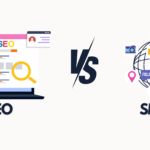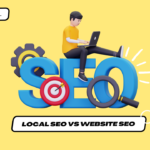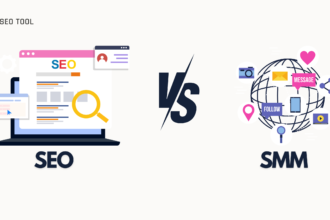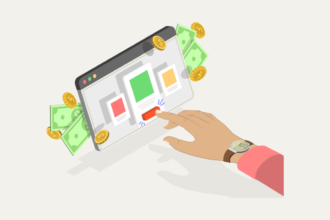In Dale Carnegie’s renowned masterpiece, “How To Win Friends And Influence People,” the second chapter unveils “The Big Secret of Dealing With People.” This secret can be encapsulated in a fundamental principle: Extend honest and sincere appreciation.
Carnegie asserted that there’s a singular method to persuade anyone to do anything – by igniting the desire within them to do it willingly. How can you prompt customers to sing your praises and provide referrals? It’s remarkably simple – by offering them what they, like all human beings, yearn for: genuine and heartfelt appreciation.
The Two Magic Words “Thank You”
The crucial key to dealing with people, whether they are customers or not, is often overlooked or neglected. It boils down to consistently, personally, and above all, sincerely saying “thank you.” These two words wield a magical influence in marketing because customers yearn to feel significant.
Expressing gratitude is an act of kindness. However, it’s essential not to utter “thank you” for the mere sake of flattery; it must resonate with sincerity. As Ralph Waldo Emerson wisely noted, “You can never say anything but what you are.”
“Thank You” Sparks Referrals
The unpredictability of referrals can be unsettling. Can you control them? No. Can you influence them? Absolutely.
Begin by providing a valuable product or service for your customers (which you are already doing, right?). Yet, you might amplify the impact by maintaining your interest even after the product or service has been delivered.
While each customer’s satisfaction level may vary, saying “thank you” ensures that they are satisfied with feeling valued. This, in turn, plays a pivotal role in determining whether you’ll nurture a lasting relationship with them and receive referrals.
“Thank You” in Direct Mail or E-mail
If you’ve yet to explore direct mail and are contemplating it, consider initiating a thank-you correspondence program. If you’re already using direct mail or e-mail but haven’t incorporated thank-you letters or e-mails, now is the time to start.
A thank-you letter or e-mail directed at your customers is targeted (you know them, and they know you), personal, and remarkably effective. It is virtually guaranteed to elicit a positive response.
Moreover, if you choose snail mail, it becomes a delightful surprise. As they see your envelope, they might think it’s something to review, sign, or, worst-case scenario, a bill. Surprise! They are being appreciated, and acknowledged, and you are the one conveying this sentiment.
Craft a thank-you letter or e-mail on every conceivable occasion. However, avoid sending one along with an invoice or other correspondence; always dispatch it separately.
Crafting the Thank-You Letter or E-mail
The thought behind a thank-you letter or e-mail may seem simple, but writing one can be tricky. Here are 9 tips for writing a winning thank-you letter or e-mail:
- Keep it brief. A half dozen lines (or fewer) are sufficient.
- Make it sincere. This is crucial. If you aren’t careful, it can sound awkward, even when you’re trying to be sincere.
- Start with “thank you.” Dear Ms. Johnson (or first name, if appropriate): Thank you for …
- Make the tone warm, but professional. Be friendly, but keep it businesslike.
- Reinforce a positive. Jog their memory of a positive aspect of the relationship.
- Offer your continued support. If I can help, please call …
- End with “thank you.” Thanks again for …
- Use an appropriate closing. Sincerely, Best regards.
- No ulterior motive. Make it a pure “thank you,” otherwise sincerity is jeopardized.
Remember: Saying “thank you” is part of building strong customer relationships over time. Use these two magic words consistently and watch your repeat business and referrals grow.














